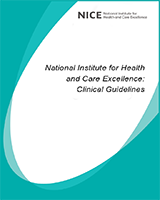From: Chapter 32, Structured patient handovers

Emergency and acute medical care in over 16s: service delivery and organisation.
NICE Guideline, No. 94.
National Guideline Centre (UK).
London: National Institute for Health and Care Excellence (NICE); 2018 Mar.
Copyright © NICE 2018.
NCBI Bookshelf. A service of the National Library of Medicine, National Institutes of Health.